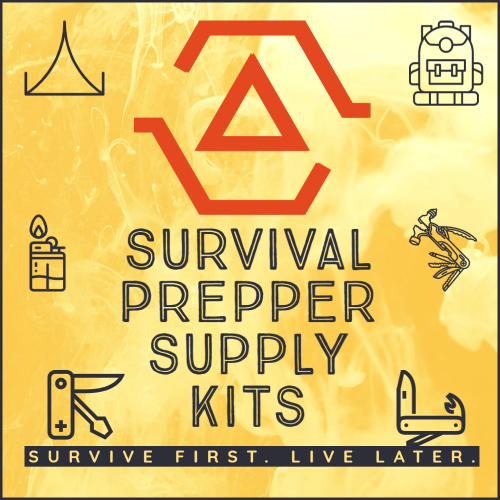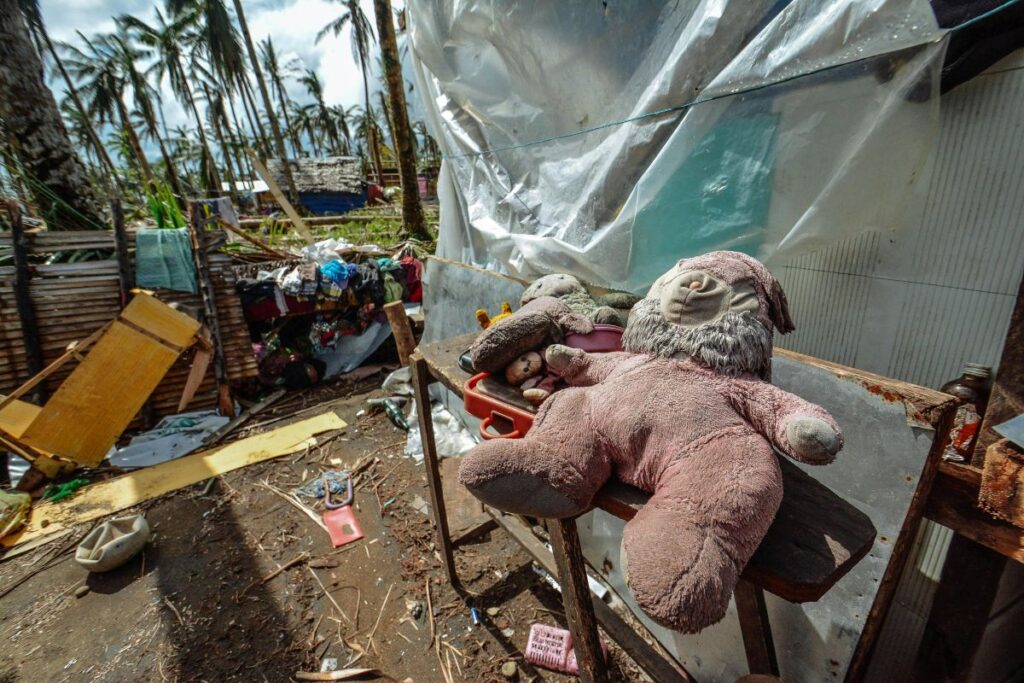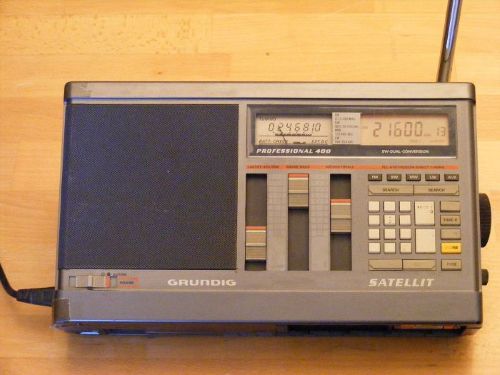10 Everyday Survival Prepper Cache Items
When it comes to stockpiling everyday items for
1. Water: Store enough clean water to cover your basic needs, such as drinking, cooking, and hygiene. The general guideline is to have at least one gallon (3.8 liters) of water per person per day for a minimum of three days.

2. Non-perishable food: Stock up on non-perishable food items with a long shelf life, such as canned goods, dried fruits and vegetables, granola bars, nuts, and rice. Choose items that provide essential nutrients and are easy to prepare.
3. Medications and first aid supplies: Keep a well-stocked first aid kit that includes bandages, antiseptic ointments, pain relievers, prescription medications, and any necessary medical supplies for your specific needs.
4. Personal hygiene products: Maintain an ample supply of toiletries like toilet paper, soap, shampoo, toothpaste, toothbrushes, feminine hygiene products, and diapers if needed.
Related: What You Need for Your Survival Prepper Bugout Bag
5. Lighting and power sources: Have alternative lighting options like flashlights, batteries, lanterns, and candles. Consider investing in a portable generator or solar-powered chargers for electronic devices.
6. Warmth and shelter: Keep blankets, sleeping bags, extra clothing, and sturdy shoes in your emergency supplies. If you live in a cold climate, consider stocking up on firewood, portable heaters, or alternative heating sources.
7. Tools and supplies: Include basic tools such as a multi-purpose knife, duct tape, rope, a can opener, and a battery-operated or hand-crank radio for receiving emergency information.
8. Personal documents: Make copies of important documents such as identification papers, passports, insurance policies, and medical records. Store them in a waterproof container or a secure digital format.
9. Cash and important contact information: Keep a small amount of cash on hand, as electronic transactions may be unavailable during emergencies. Maintain a list of important phone numbers and addresses.
10. Sanitation and waste disposal: Stockpile garbage bags, disinfectants, and cleaning supplies to maintain hygiene and handle waste appropriately.
Related: 7 Steps to Building a DIY Survival Prepper Supply Kit – Survival Prepping Tips
Related: Survival Prepper Tips for Knowing When It’s Time to Bug Out
Remember to regularly check expiration dates on perishable items and rotate your prepper cache stockpile to ensure freshness and effectiveness. Additionally, customize your survival Prepper cache/stockpile based on your unique needs and the specific risks you may face in your region.
Related: Best Bug-out Plan Approach, Components, and Preparation
Related: Grid-Down Disaster? 9 Things You Need for Survival Prepping
Read this: How To Store Water In Your Car For An Emergency
10 Unusual Survival Prepper Cache Items
When it comes to stockpiling items for your
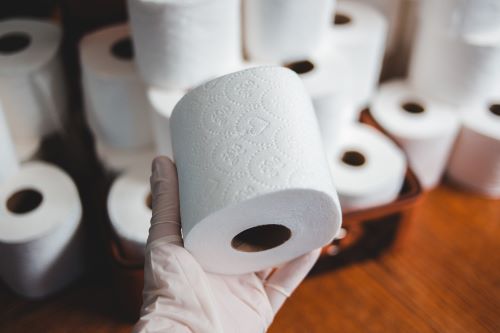
Here are a few unusual items you might consider adding to your survival cache/stockpile:
- Duct tape: Duct tape is incredibly versatile and can be used for various purposes like repairing gear, creating makeshift shelters, or even medical applications.
- Aluminum foil: Aluminum foil has numerous uses in survival situations. It can be used to cook food over an open flame, create reflectors for signaling, and even form makeshift containers.
- Ziplock bags: These airtight bags are lightweight and can be handy for storing and protecting important documents, and electronics, or even keeping food dry and organized.
- Paracord: Paracord, or parachute cord, is a lightweight and strong cord that can be used for a multitude of tasks such as building shelters, creating snares, or securing gear.
- Super glue: Super glue can be useful for emergency repairs, sealing wounds (under medical supervision), or even creating improvised tools.
- Safety pins: These small, lightweight items can serve various purposes like fixing clothing, creating fishing hooks, or makeshift needles.
- Plastic sheeting: Plastic sheeting can be used for creating temporary shelters, protecting gear from the elements, or even collecting rainwater.
- Multi-tool: A sturdy multi-tool with various functions like pliers, a knife, screwdrivers, and more can be incredibly useful in a survival scenario.
- Fishing gear: In addition to traditional food supplies, having some fishing gear like hooks, lines, and sinkers can provide an additional food source if you’re near water.
- Solar charger: A solar charger can harness the power of the sun to recharge small electronic devices like phones, radios, or flashlights.
Related: S.M.A.R.T. Plans for Survival Preppers, Part I
Related: S.M.A.R.T. Plans for Survival Preppers, Part 2
There are numerous types of survival prepper kits listed on Wikipedia. One of the kit ideas is below.
Get-Me-Home Kit
Some survivalists also recommend keeping a get-me-home kit in the car and/or at work. This is a kit to enable a person to get back home from work in an emergency where all transport cars and public transport have broken down. It is designed around personal circumstances where, for example, a walk of 25 miles might be required from work to home. The get-me-home kit can include, for example, enough water to get home, suitable walking shoes, a map (not electronic), enough food for 12 hours, clothing for adverse weather, etc.
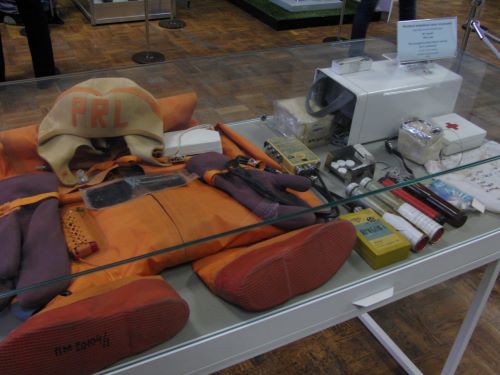
Related: Top 10 Survival Prepper Foods to Have on Supply in an Emergency
Remember, the most important items for survival are the basics: food, water, shelter, and medical supplies. Unusual items like those mentioned above can supplement your stockpile, but they should be considered based on your specific needs and circumstances.
Read this: Is It Strange To Hoard These Items?
Leave me a comment below if you need assistance. I’m getting really resourceful in finding good ideas to help you create and maintain your
